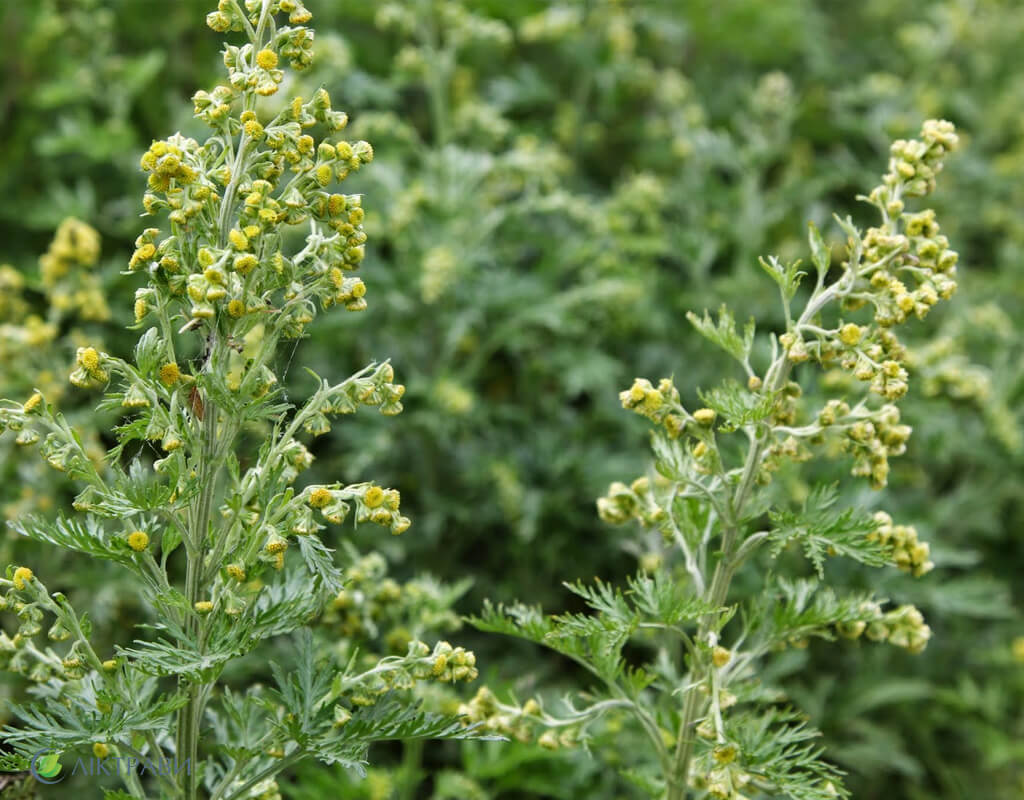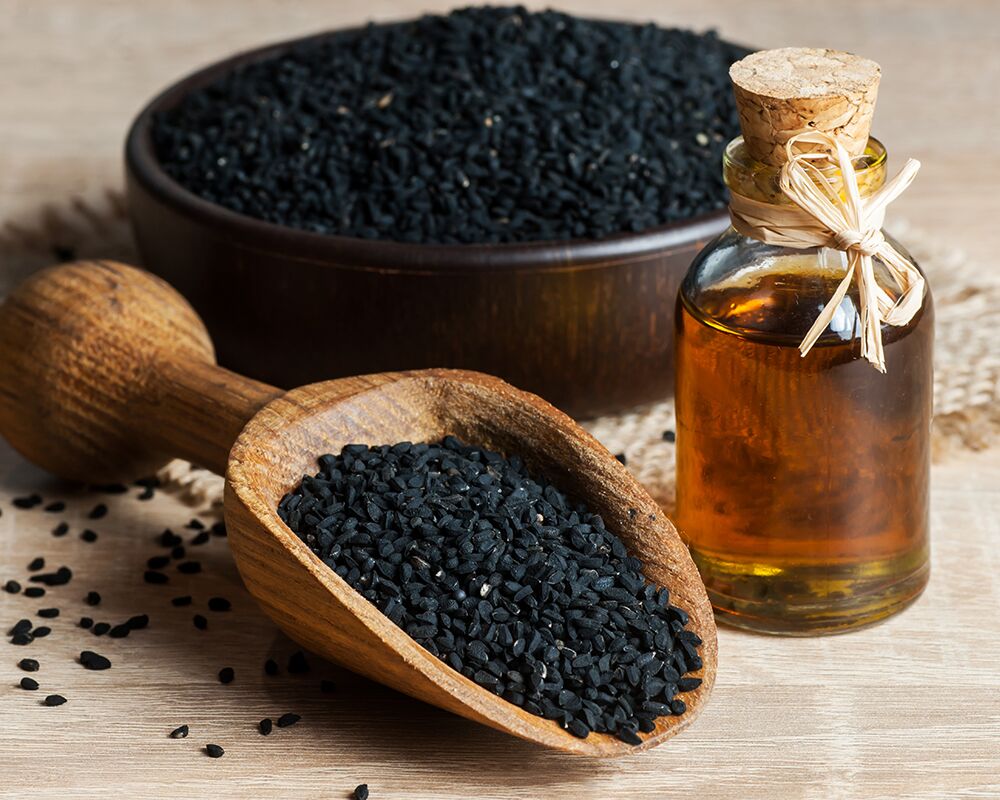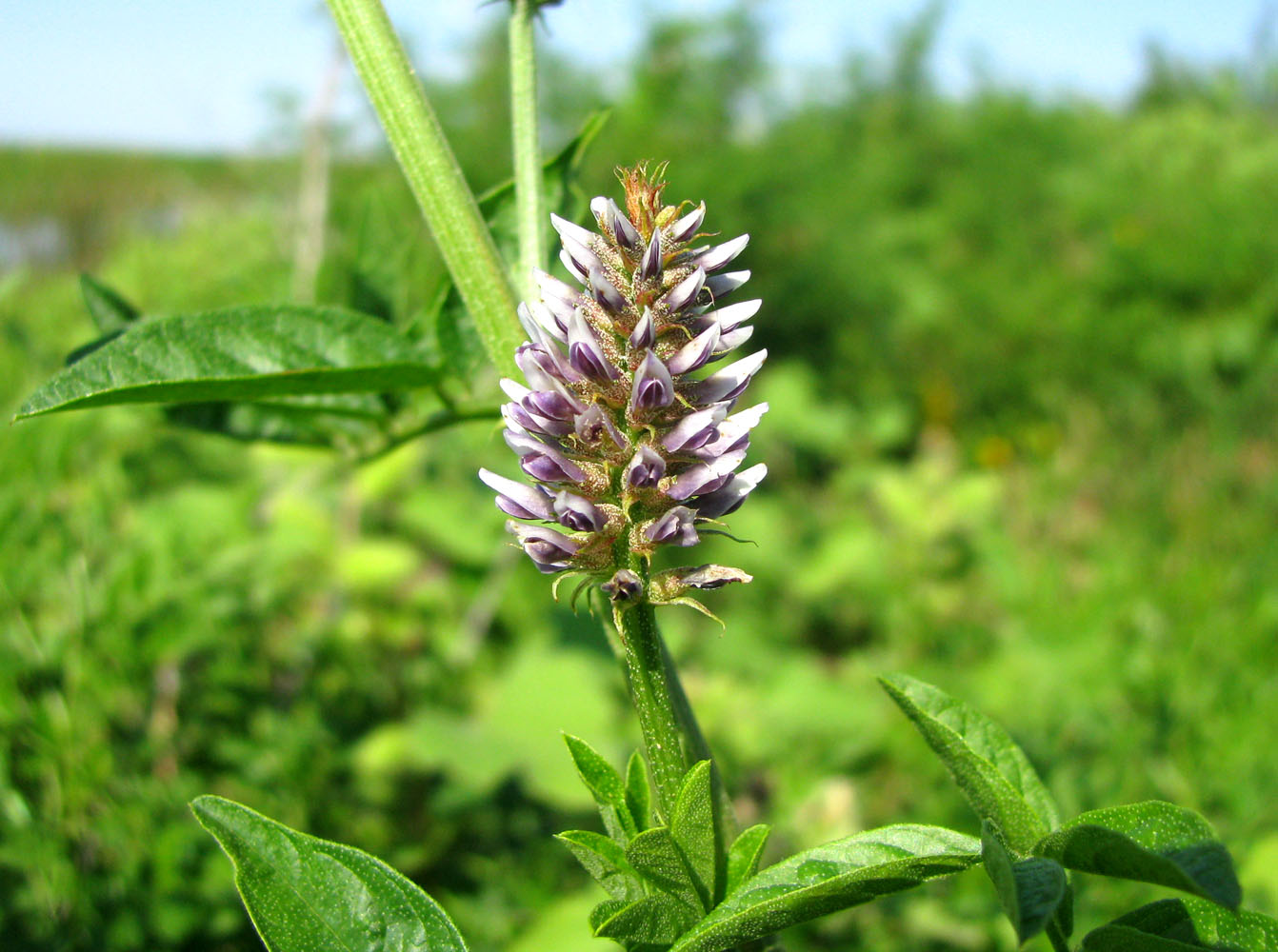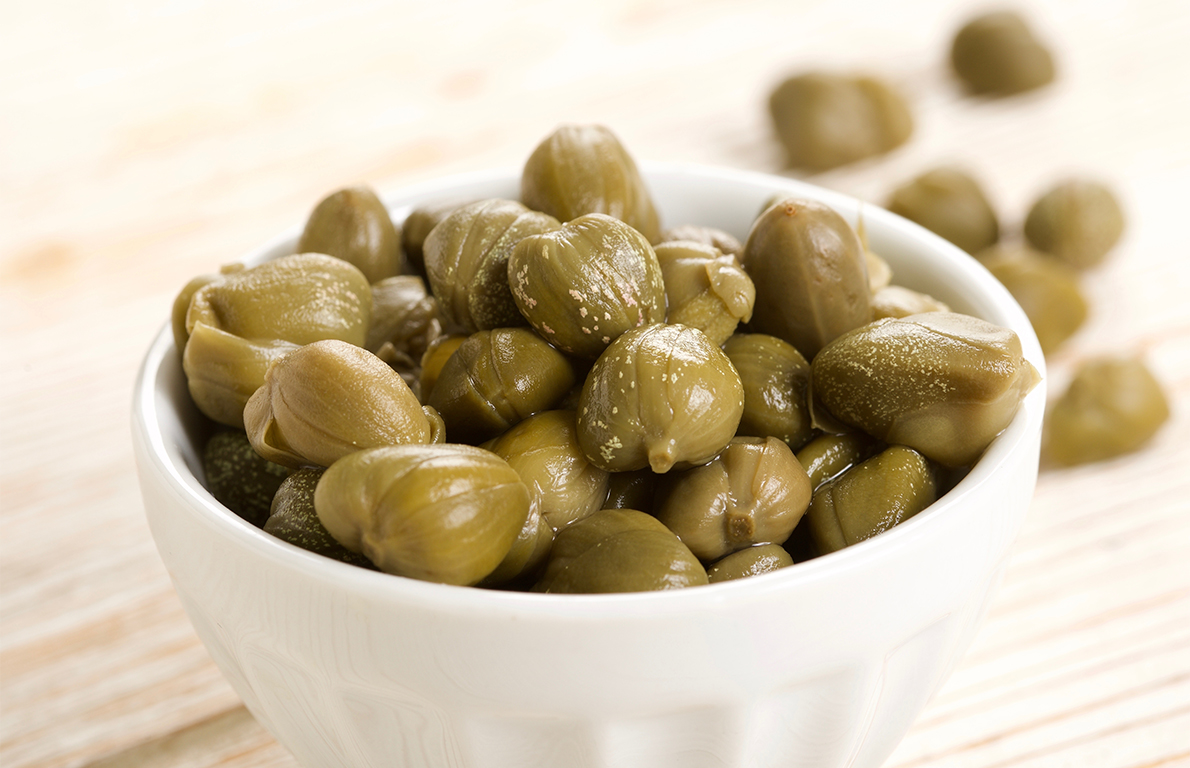Gerbaries

Rosehip
Scientists have not been able to count all types of rose hips. According to some sources, there are about 300 of them. According to others, about half a thousand. Therefore, rose hips can be small, oblong, bright red (as in the photo). Or the size of a cherry, round, brownish. And also yellowish, burgundy, with or without ponytails, flat or elongated. Inedible seeds are always hidden inside rose hips.
Last updated 2022-10-06 11:22:04

Wormwood
In modern medicine, it has been established that herbal preparations of bitter wormwood revitalize the gastrointestinal tract, increase bile secretion and pancreatic function, and significantly improve digestion. Galen's preparations are used for diseases of the upper respiratory tract, anemia, rheumatism, hepatitis, bronchial asthma, and insomnia. It is also used as a general tonic.
Application in folk medicine. A decoction of the herb is drunk for indigestion, diseases of the liver, stomach, spleen, gallbladder, hemorrhoids, malaria, as well as to increase appetite and restore sleep. It is also used as an anthelmintic and wound healing agent. Ibn Sina used a decoction of bitter wormwood to treat chronic eye diseases and restore menstruation.
Last updated 2022-09-28 12:51:25

Black seed
Black seed a spice that is well-known and loved by many people, is not only a pleasant addition to food, but can also be a medicine that relieves many ailments. It is called by many names - Roman caliandri, nigella, sedana, kaindji, etc. Its seeds have a pleasant bitter taste, so they are added to many dishes.
This spice is especially highly valued in Asia and the Middle East. It was the people of this region who first started using it as a medicine. It is said that the Prophet Muhammad (S.A.W) said about black sedana that it is a cure for many diseases, but it is powerless in the face of death.
Last updated 2022-09-13 04:22:49

Licorice
Licorice is a perennial plant with erect, slightly branched stems, 50-100 (sometimes up to 200 cm) high. The underground organs of licorice consist of a taproot that penetrates the soil to a depth of 6-8 meters and a short thick multi-headed rhizome, from which underground shoots extend - stolons (from 5 to 20 pieces, 1-2 meters long). The daughter buds are on the stolons. Above-ground shoots are formed from them. The developed system of underground organs of the plant (roots, numerous stolons with daughter buds) forms a powerful network and helps to maintain the licorice population.
The leaves of the plant are alternate, compound, odd-pinnate, 5 to 20 cm long, with 9-17 dense elliptical or ovate, shiny leaflets, slightly sticky, with a large number of glands, especially on the underside. The edge of the leaves is slightly bent down.
Last updated 2022-09-13 04:20:10

Capers
Capers are the immature, unripened, green flower buds of the caper bush (Capparis spinosa or Capparis inermis). The plant is cultivated in Italy, Morocco, and Spain, as well as Asia and Australia. It's most often associated with Mediterranean cuisines, but enjoyed worldwide. Brined or dried, the caper is valued for the burst of flavor it gives to dishes. It adds texture and tanginess to a great variety of recipes, including fish dishes, pasta, stews, and sauces.
Last updated 2022-09-13 04:17:22